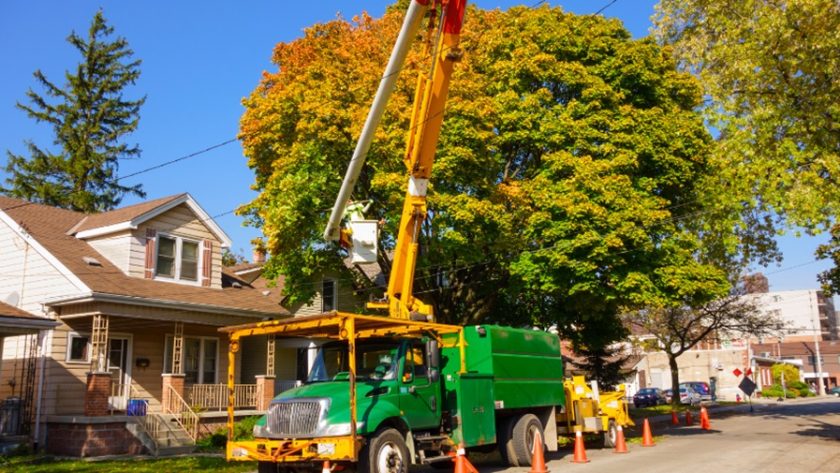Trees are often a valuable asset to any property, providing shade, beauty, and environmental benefits. However, there are times when tree removal becomes necessary to ensure safety and health. Many homeowners in Georgia find themselves contemplating tree removal in John Creek due to various reasons ranging from disease to structural concerns. This article outlines key signs indicating that it might be time to consider removing a tree from your property.
Recognizing the Warning Signs
Dead or Dying Trees
One of the most obvious signs that a tree may need to be removed is if it’s dead or dying. Lifeless trees can become hazardous quickly, posing risks of falling branches or even the entire tree collapsing. Signs of a dead tree include brittle branches, lack of foliage, and visible decay. Addressing these issues promptly can prevent potential damage to property or injury.
Structural Instability
Trees with compromised structural integrity face an increased risk of falling, which can result from various factors, including storm damage, improper pruning, or aging. Understanding the common factors that lead to a tree leaning is essential, as a noticeable lean may signal underlying root or trunk problems. It is advisable to seek immediate assessment by a professional to determine the appropriate course of action.
Disease and Infestation
Trees suffering from diseases or infestations often exhibit symptoms like discolored leaves, unusual growth patterns, or the presence of pests. While some conditions can be treated, others may necessitate removal to prevent the spread to other healthy trees. Consulting with an arborist can help determine whether a tree can be saved or should be removed.
Environmental and Safety Considerations
Proximity to Structures
Trees growing too close to structures, such as homes or power lines, can be problematic. Roots may interfere with foundations, while branches can cause damage to roofs or windows. Regular monitoring and maintenance are essential, but removal might be the best solution if the risks outweigh the benefits.
Impact on Surrounding Environment
Sometimes, removing a tree is necessary to promote the health of other plants or trees nearby. Overcrowding can lead to competition for resources such as sunlight and water, stunting growth and weakening the surrounding vegetation. Assessing the overall landscape can help in making informed decisions about tree removal.
Timing and Seasonality
Knowing about the optimal season for tree removal is important for minimizing the impact on the landscape and maximizing the efficiency of the removal process. Typically, late winter to early spring is ideal, as trees are dormant and less susceptible to stress. However, urgency may dictate out-of-season removal, especially if safety is at risk.
Conclusion
Deciding to remove a tree is not always easy, but it is sometimes necessary for the safety and aesthetics of your property. By paying attention to the signs of tree distress and understanding the potential hazards, property owners can make informed decisions that benefit their environment and personal safety. Regular consultation with tree care professionals can ensure that the right actions are taken at the right time.
Frequently Asked Questions
1. How can I tell if a tree on my property is diseased?
Look for signs such as discolored leaves, unusual growth patterns, or visible pests. Consulting with a professional arborist can provide a definitive diagnosis and recommended action.
2. Can leaning trees be saved, or do they always need removal?
Not all leaning trees require removal. The severity and cause of the lean need to be assessed by a professional to determine if corrective measures can stabilize the tree safely.
3. What is the best time of year to remove a tree?
While tree removal can occur at any time if necessary, late winter to early spring is often considered the best period, as trees are dormant and the impact on the surrounding environment is minimized.

